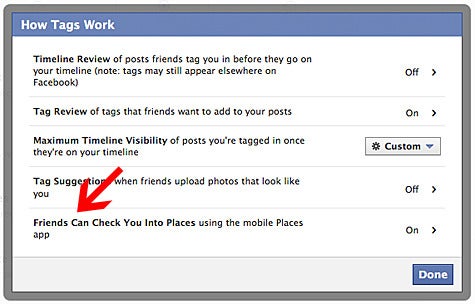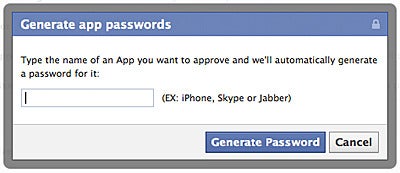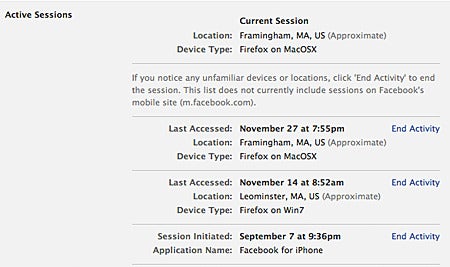San Antonio leaps from No. 14 a year ago to the top of the list
It turns out “Don’t Mess With Texas,” is more than just a slogan. At least judging by the state’s ability to rebound from the Great Recession, and its dominance over the rankings in a new report highlighting the best-performing U.S. cities.
San Antonio heads up the Milken Institute’s 2011 Best-Performing Cities index, but is just one of four Texas cities in the top five and nine of the 25 best in the country. The Lone Star State grades out well in job creation, according to the report, which found that Texas employers were responsible for one of every five U.S. jobs created from June 2010 to June 2011.
Ross DeVol, the Milken Institute’s chief research officer, leads the team that compiles the index and said that a number of factors lie behind Texas’ success, some unique to the region and others that cities elsewhere in the U.S. can try to emulate.
For one thing, many Texas metro areas are benefiting from the military’s Base Realignment and Consolidation process, which has brought more families near the state’s armed forces facilities, from San Antonio’s Lackland Air Force Base to Killeen’s Fort Hood. Those families need housing, health care and other services, DeVol points out.
Texas is also seeing a surge in IT equipment and software employment. DeVol highlights Apple’s expansion in Austin, where the company is said to be getting chips for its iPad, as well as significant presences from the likes of AT&T, IBM and Advanced Micro Devices.
“Given the depth of the Great Recession,” DeVol says, “businesses have become more focused on cost.” Texas, which has no state income tax, is very understanding of “the need for companies to be competitive,” he adds, citing streamlined processes that allow employers to get new facilities up and running faster and aggressive recruiting of out-of-state businesses to cities where they can hire qualified workers for less than in New York, California, Massachusetts or many other states.
The cost issue is also a big factor in Utah, the only state other than Texas to put more than one metro area among the 25 best performers. Provo touts the educated workforce stemming from Brigham Young University, while Salt Lake City was a big gainer in a year when its mining presence was greeted with big demand for gold and silver. Both, along with Ogden and Logan (Utah-Idaho), which topped the Milken Institute’s list of best-performing small cities, offer low-cost destinations for employers focused on keeping expenses in line.
Utah also benefits by having plenty of room for development, an issue that limits the potential for growth in some larger metro areas like the one around New York. While DeVol points out that the NYC area was hurt by the loss of financial services jobs in 2011 — a trend that has continued with cuts announced at Bank of America, Morgan Stanley and others this fall — he also notes that many bigger metro areas did not fall off as much as others during the Great Recession.
While that means those economies proved more resilient to the downturn, it also means they are not springing back off a depressed base. To wit, none of the 10 largest metros cracked the top 10 Best-Performing Cities for the first time since 2008.
In terms of movers, Merced, Calif. saw the biggest gain from a year ago, rising 105 spots to 63rd, thanks to a correction in one of the housing markets hit hardest by the bubble’s collapse. Among decliners, BP’s oil spill in the Gulf of Mexico happened in 2010, but the decreased drilling activity in the Gulf persists and continues to hamper drilling-service centers like Lafayette, La., which dropped 82 places to 93rd.
The Milken Institute’s index ranks cities based on growth in jobs, wages and salaries, and technology output. It weighs those factors over a five-year span to account for varying business cycles and the latest year’s performance, and then adds 12-month job growth performance to account for recent momentum.
Cities in Texas measure strongly across all those categories, and its “assertive recruiting” of out-of-state businesses adds to the state’s “secret sauce,” but DeVol acknowledges that it also has another big chip in its favor: the state happens to be sitting on a gigantic pile of natural resources. While the Milken Institute touts the other sectors bolstering Texas economies, increased oil and gas exploration, in large part thanks to new drilling techniques, remains a crucial source of fuel for the state’s growth engine.

























